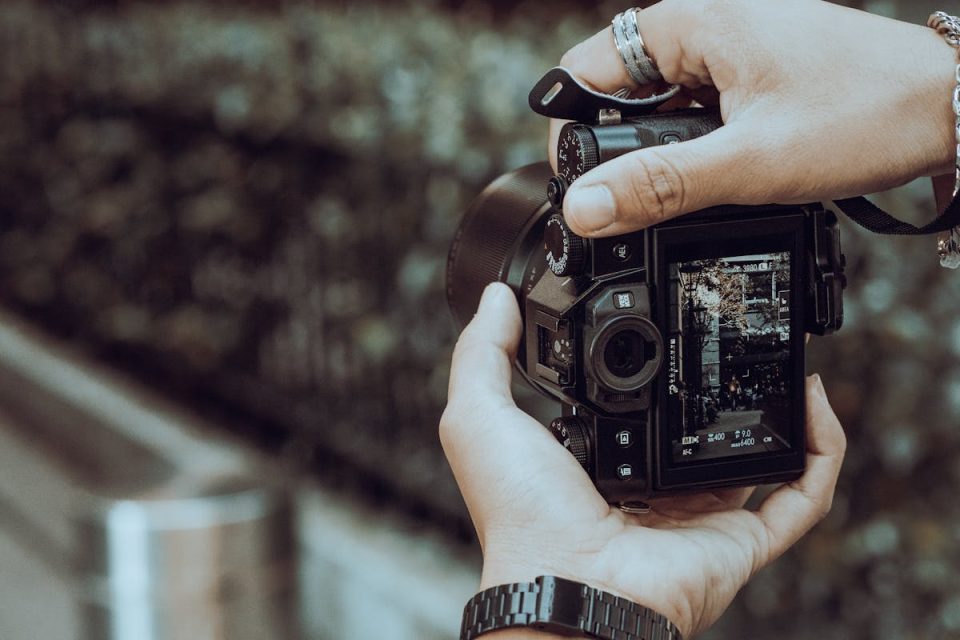Photography is not just about pointing a camera at a subject and clicking; it’s about creating images that captivate, communicate, and resonate with viewers. The composition of a photograph—the way elements are arranged within the frame—plays a critical role in transforming ordinary shots into extraordinary visuals. Understanding and mastering composition techniques allows photographers to guide the viewer’s eye, evoke emotion, and create memorable, impactful imagery. Whether you are a beginner or an experienced photographer, refining your compositional skills is essential for making your images truly stand out.
The Rule of Thirds: Guiding the Eye Naturally
One of the most fundamental techniques in photography composition is the rule of thirds. This principle divides the frame into nine equal sections using two equally spaced horizontal lines and two vertical lines. By placing the main subject along these lines or at their intersections, photographers create balance and draw the viewer’s attention to key areas of the image.
The rule of thirds is versatile and can be applied to landscapes, portraits, street photography, and event photography. Even subtle adjustments in subject placement according to this rule can enhance the visual appeal of a photo, making it more engaging and professional-looking.
Leading Lines: Directing Attention
Leading lines are natural or man-made lines within a scene that guide the viewer’s eye toward the focal point of the image. Examples include roads, rivers, fences, bridges, or architectural elements. These lines not only provide a sense of direction but also create depth and dimension, adding dynamism to the photograph.
For instance, capturing a bride walking down a garden path or a musician on stage with a line of lights leading toward them draws viewers into the scene and emphasizes the main subject. Mastering leading lines allows photographers to create visually compelling images that hold attention and enhance storytelling.
Framing: Adding Context and Depth
Framing involves using elements within the scene to surround or highlight the main subject. Natural frames like archways, windows, tree branches, or doorways can add context and depth while focusing attention on the subject. Framing also helps create layers in an image, giving it a three-dimensional feel.
This technique is particularly effective in event photography. Capturing a couple through a floral arch or guests through a decorative doorway adds both aesthetic appeal and narrative context, making the photograph more memorable.
Symmetry and Patterns: Balancing the Visual
Symmetry and patterns create a sense of harmony and balance in photographs. Symmetrical scenes, such as reflections in water, architectural structures, or mirrored poses, are inherently pleasing to the eye. Patterns, whether natural or man-made, provide texture and rhythm, adding visual interest to the composition.
Breaking the symmetry intentionally can also make an image more dynamic. By contrasting symmetry with an element that disrupts the pattern, photographers can create focal points that stand out, capturing the viewer’s attention instantly.
Depth of Field: Controlling Focus
Depth of field refers to the area of the image that appears sharp and in focus. Shallow depth of field, achieved by using a wide aperture, isolates the subject from the background, drawing attention to key elements. Conversely, a deep depth of field keeps the entire scene in focus, which is ideal for landscapes or complex compositions with multiple subjects.
Controlling depth of field allows photographers to guide viewers’ attention precisely where it is intended, enhancing the storytelling aspect of the photograph. This technique is invaluable for portraits, candid event shots, and product photography.
Perspective and Angles: Seeing Differently
Changing the perspective or angle from which a photo is taken can dramatically transform an image. Shooting from high above, low below, or at unconventional angles adds interest, creates unique compositions, and challenges viewers’ expectations. Perspective allows photographers to highlight scale, emphasize certain elements, and create dynamic compositions that stand out from standard viewpoints.
In interactive environments, such as weddings or parties, experimenting with angles can also produce playful and engaging results. For example, capturing guests enjoying a photo booth rental Houston from above or at a tilted angle can create dynamic, lively, and memorable shots.
Layering and Foreground Elements: Creating Dimension
Incorporating layers and foreground elements adds depth and dimension to photographs. Objects in the foreground, middle ground, and background help establish spatial relationships and create immersive compositions. For instance, photographing a subject through a frame of flowers, foliage, or décor adds visual layers, making the image richer and more engaging.
Layering also helps create a sense of narrative. By strategically including elements that complement the story being told, photographers can enhance the emotional impact and contextual understanding of the scene.
Negative Space: Simplifying and Highlighting
Negative space refers to the empty or unoccupied areas around the main subject. It provides breathing room, reduces clutter, and allows the subject to stand out. Effective use of negative space creates minimalist, striking compositions that are visually appealing and powerful in storytelling.
Negative space is particularly useful in portraits, product shots, and creative event photography, as it draws the viewer’s eye directly to the subject and emphasizes the intended focal point.
Conclusion
Mastering photography composition techniques is essential for creating images that captivate and resonate. From the rule of thirds and leading lines to framing, symmetry, depth of field, perspective, and layering, each technique contributes to stronger, more engaging photographs. Incorporating creativity and intentionality into every shot ensures that images stand out and tell compelling stories. Even interactive setups, like a photo booth rental, benefit from compositional awareness, as thoughtful framing and perspective enhance the fun and energy captured in each photo. By applying these principles, photographers can elevate their work from ordinary snapshots to memorable, visually striking images that leave a lasting impression.

